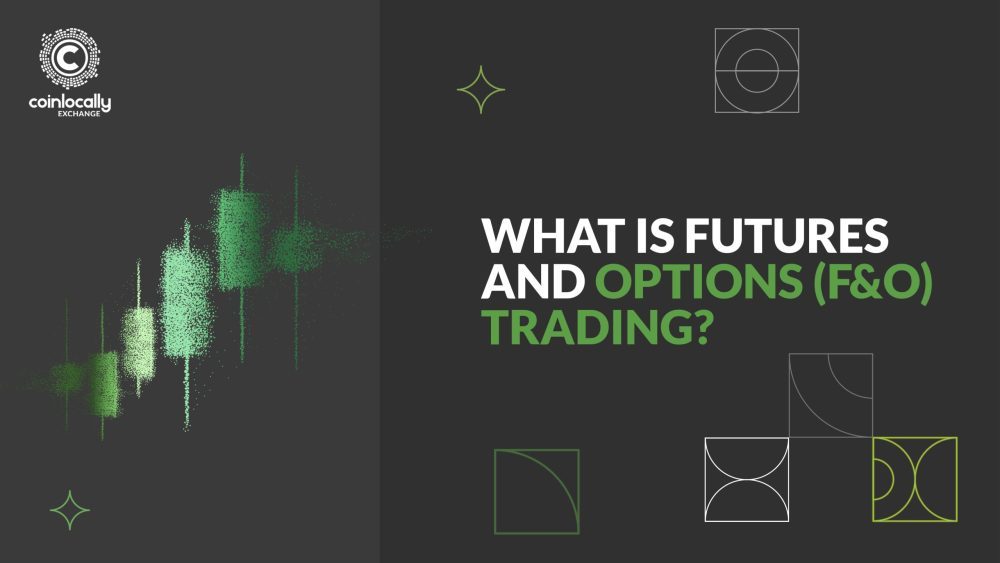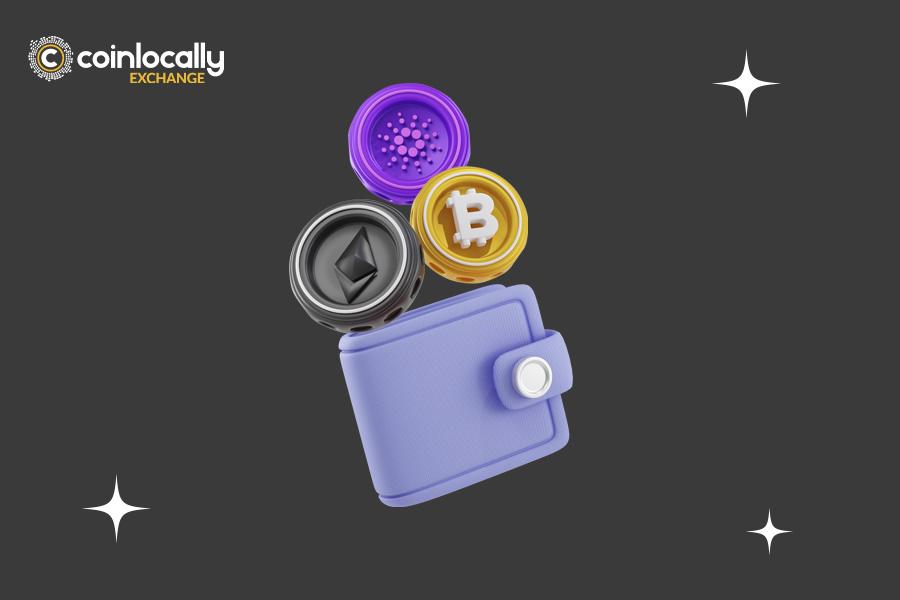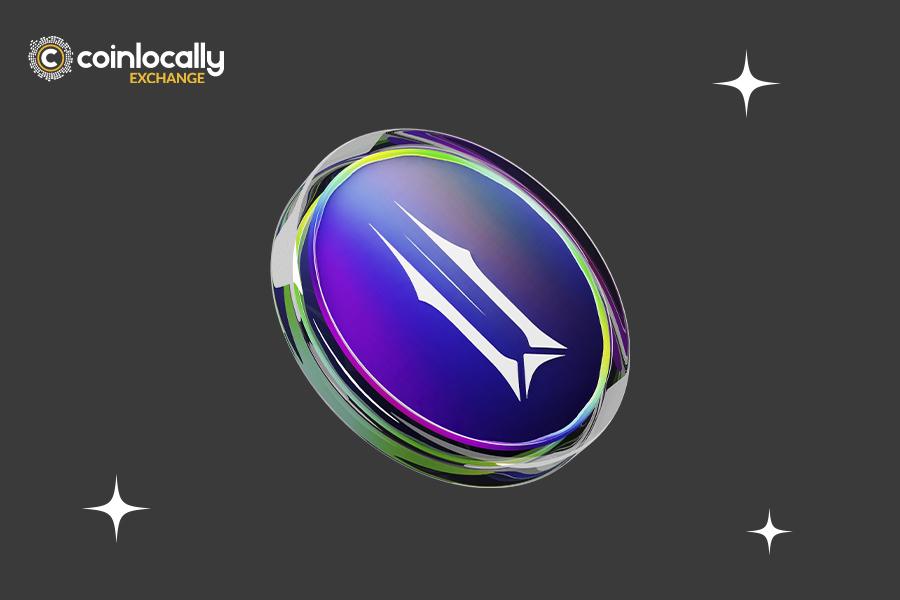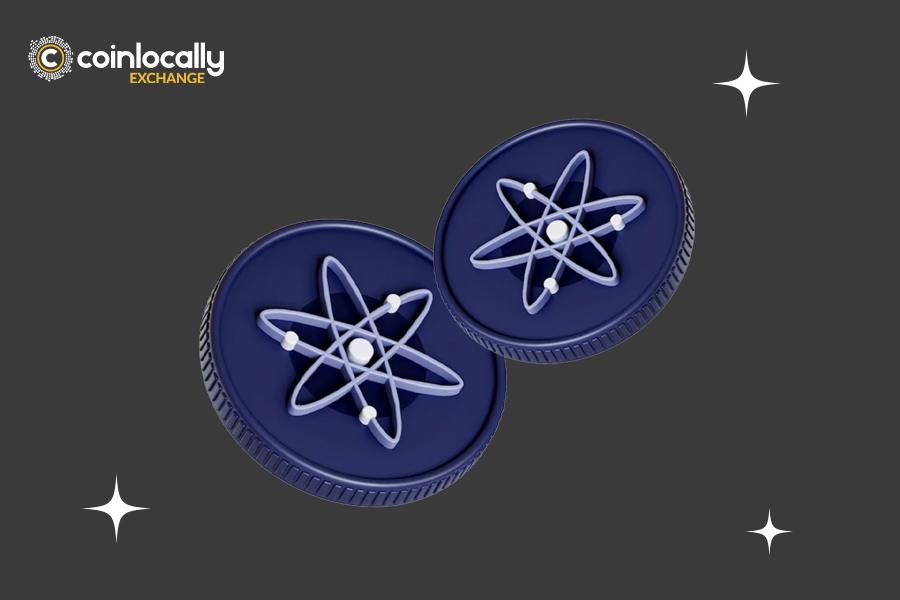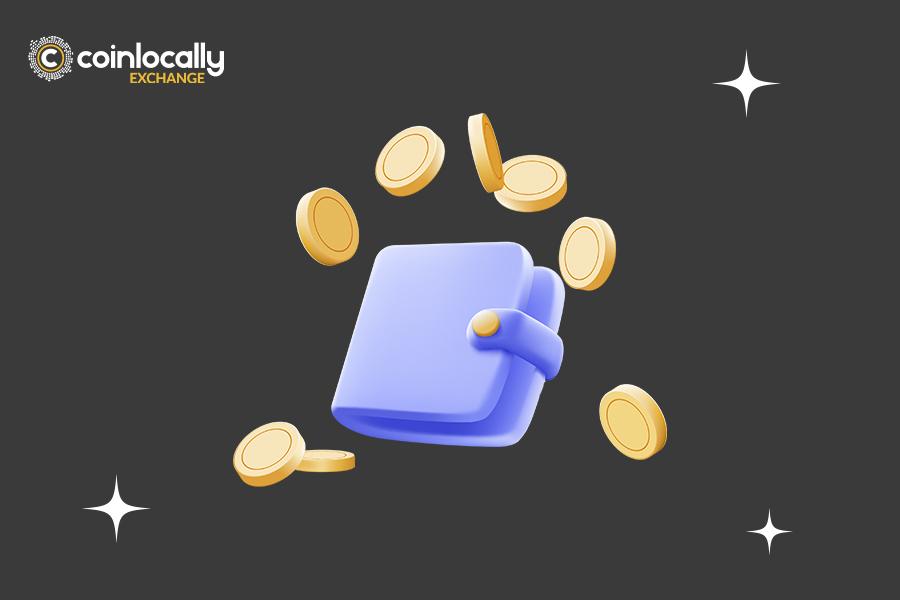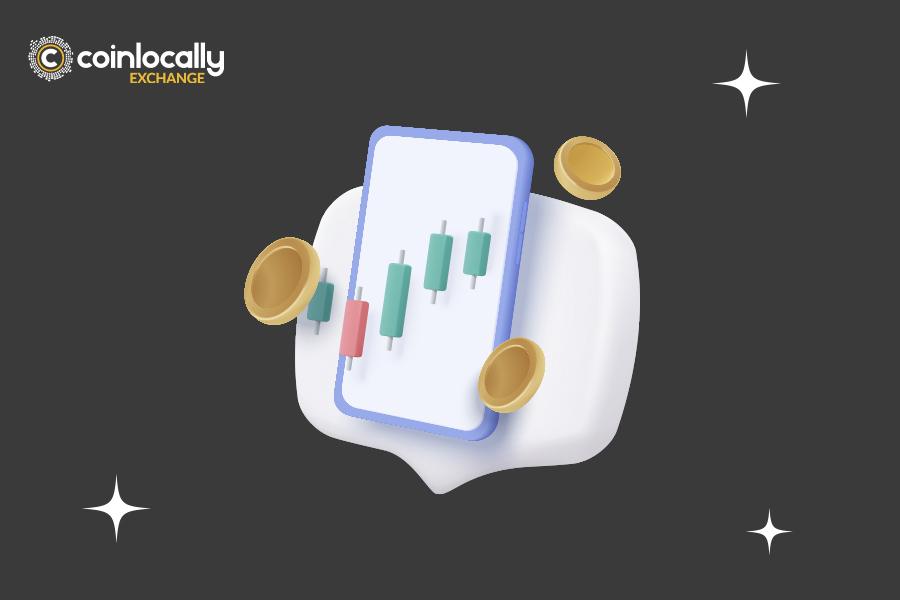Futures and options are the two primary types of stock derivatives that are traded on an exchange. These are contracts establishing a futures exchange of stock assets at a specified price between two parties.By fixing the price in advance, these contracts attempt to mitigate the market risks associated with stock market trading.

Table of Contents
• Types of Futures and Options
• What is the difference between Futures and Options?
• Who Should Make Futures and Options Investments?
In the stock market, futures and options are contracts whose prices are based on underlying assets, such as shares, stock market indices, commodities, ETFs, and more.
By utilizing pre-established pricing, the principles of futures and options enable investors to reduce their future risk.The direction of price movements, however, cannot be foreseen, so if a market prediction is off, it could result in significant gains or losses.
What are Options?
Options are based on the value of an underlying stock, index futures, or commodity.The right to buy or sell the underlying asset at a preset price for the length of the contract belongs to the investor who acquires an options contract. Investors are not allowed to execute their options.

Financial derivatives include options. Option holders do not own the underlying shares or have access to shareholder rights until they execute an option to purchase stock.
Stock options typically give the option holder the ability to buy or sell 100 shares of the underlying stock at the selected strike price before the option contract expires. The option premium is the name given to the cost of the option.
Types of Futures and Options
Contrary to futures contracts, which have uniform regulations for both buyers and sellers, options derivatives come in two different varieties. A put option contract can be signed by those who want to enter an options contract to sell a specific asset at a pre-asserted price at a later date.
Similarly, to this, people who want to buy a specific asset in the futures might buy a call option to fix the price for a futures exchange.
Futures follow the same set of fundamentally identical rules for “buyers and sellers” alike. However, there are two categories into which options can be subdivided:
- Call Option: It provides you the option to purchase the underlying asset at a predetermined price and date.
- Put Option: It gives you the option to sell the asset at a predetermined price on a specific date.
Let’s look at an example of each, beginning with a call option. An investor buys a call option that entitles them to $50 worth of the stock XYZ at some point in the next three months.
The stock is trading at $49 right now. If the stock rises to $60, the call buyer can execute their option to buy the stock at $50.The buyer can then sell the shares for $60 and make a profit of $10 per share.
The exchange is optional in both situations. You can decide not to use your call or Put Option if the prices are not favorable at that point.
What are Futures?
An agreement to buy or sell an item at a specific price in the future is known as a futures contract.Futures contracts can best be understood by thinking about them in terms of commodities like maize or oil.
They are a true hedge investment. For instance, a farmer would desire to lock in a fair crop price in the event that market prices fall before the produce can be delivered. The customer also wants to lock in a price to protect themselves against future price hikes.
Examples:
Let’s use an example to illustrate. Suppose two traders reach an understanding on a $7 per bushel price for a corn futures contract.If the price of maize rises to $9, the contract buyer earns $2 per bushel. On the other side, the seller misses out on a better offer.
In addition to corn and oil, the futures market has expanded significantly. Futures can be purchased on both individual stocks and indices like the S&P 500 in some jurisdictions. Since 2020, single-stock futures have not been offered in the US.
The buyer of a futures contract is not required to pay the entire value up front.Instead, they offer a first margin that is a percentage of the price.
A contract for oil futures, for instance, includes 1,000 barrels of oil. A $100 oil futures transaction entails a $100,000 risk for the buyer.
A deposit of several thousand dollars can be required, and if oil prices later decline, the buyer might need to increase their investment.
Basic Terms in F&O
With some helpful fundamental words related to futures and options, let’s get to know them better.
- Underlying Security-The derivatives contract’s value is derived from the underlying security, which is an important component of futures and options contracts. Futures and Options are based on a variety of factors, including bonds, stocks, currencies, and interest rates.
- Premium –As defined in the options agreement, is the price or fee that the options buyer is now paying the seller. The premium rises in proportion to the underlying asset’s volatility.
- Strike price –At this price, the owner of an options contract agrees to buy or sell the underlying asset upon contract exercise.
- Expiry Date –The date on which a futures or options contract expires is known as the expiry date.
Derivatives: Uses
The primary goal of employing derivatives is to protect against changes in the underlying assets’ prices. In derivatives, the contract expires on a specific date. If a sizable profit is imminent, an investor may close the trade before it expires; otherwise, the investment may be held until the expiration date.
- The SEBI (Securities and Exchange Board of India) regulates these contracts, which are traded on the stock exchange.
- The method that derivatives are traded and the risks involved are different.
- Investors can take a leveraged position using derivatives by paying a relatively smaller sum.
What is the difference between Futures and Options?
Participants are subject to different requirements while trading futures and options.An investor is under no obligation to follow through on a contract by a predetermined due date with futures, but is given the opportunity to do so with options contracts.
A futures contract to buy or sell an underlying security must be followed up at the agreed-upon price on the predetermined date. An options contract, on the other hand, gives a buyer the ability to do the same if they profit from a deal.

Who Should Make Futures and Options Investments?
The following categories apply to traders who trade futures and options.
1. Hedgers
To lessen investing volatility related to price movements, these people enter into futures and options contracts on the stock market. Locking in a price for a transaction at a later time enables people to realize relative gains in the event that the price changes negatively relative to a trading position taken on by a buyer.
Individuals that enter into a futures contract, however, may suffer substantial losses in the event of a favorable fluctuation. An options contract reduces this risk by allowing investors to cancel a transaction in the event of favorable price swings.
By investing in a derivative contract, hedgers want to safeguard their futures earnings or costs. These traders are well-liked in the commodities market, where participants want to lock in the anticipated price of a specific good in order to complete a successful transaction.
An example of futures and options trading can help you comprehend it. With a wholesaler, a farmer can sign a futures contract to sell 50 kg of potatoes for Rs. 20 per kg three months from the present day.
If the price of potatoes falls below that level on the day of maturity, the farmer has successfully hedged his position to reduce the overall risk involved with trading in the futures.
A farmer, however, would lose out on revenues in the event that potato prices increased. A put options contract, which gives the farmer a right but not a responsibility to comply with a contract’s terms, can be used to offset such losses.
He or she can execute the options contract in the event of a decline in the market price level to assure minimal losses. On the other hand, a price increase enables the farmer to cancel the agreement and sell the goods at the going rate.
Hedgers typically choose physical trade, in which the asset is traded at contract maturity. It is especially well-liked in the commodity market, where manufacturers and businesses engage in physical trading to keep the price of raw materials constant. It guarantees that an economy’s price levels will remain stable.
2. Speculators
According to an intrinsic valuation and the state of the economy, speculators forecast the direction of price movement in a market and decide to adopt a contrary posture in the present to profit from such price variations.
Using futures and options as an example, an investor can take a short position in the derivatives market if they believe that the price will rise in the futures. It denotes buying a stock or derivative now with the intention of selling it for more money later.
People then take a long position because they believe, based on their market analysis, that prices will decline in the futures. With the help of these contracts, investors hope to gain a relative advantage by purchasing shares at a discount in the futures.
The majority of speculators who trade derivatives want to choose cash settlement, which avoids the actual transfer of an asset. Instead, a discrepancy between the spot price (current market price) and the price quoted for the derivative is paid between two parties, which lessens the inconveniences associated with such a trade.
3. Arbitrageurs
Arbitrageurs seek to profit from price discrepancies in the market that result from flaws in the market. The cost of carry, the current price, and the underlying assumption that the strike price corresponds to the agreed-upon price are all included in the price reported in futures and options trading.
Any price discrepancy results from the cost of carrying, or carrying the underlying security to the futures date.
Arbitrageurs alter the demand and supply patterns to reach equilibrium, effectively eliminating all price discrepancies resulting from poor trading conditions.
Leveraged trading, in which part or all of the cost of a trade need not be paid up front, is a common practice in futures and options trading.
Instead, if a trader maintains a minimum quantity (marked to market value) in his or her trading account, a brokerage business will finance a specified percentage of the total contract. It significantly raises an investor’s profit margin.
However, as previously stated, futures and options carry a significant level of risk because to the requirement of making precise predictions about price changes.
Profiting from derivative trading requires having a deep understanding of stock markets, underlying assets, issuing organizations, etc.
Information to know about F&O before trading
Before trading in futures and options, as an investor, you should be aware of the following:
- Futures are instruments with leverage that can multiply gains and losses equally.
- In turbulent times, futures margins can increase significantly, resulting in large MTM (Marked to Market) commitments.
- Always use stop losses and profit objectives while trading F&O.
- When unsure of the market’s direction, you can create covered positions in options.
Conclusion
Trading futures and options (F&O) is not rocket science, but a thorough grasp will undoubtedly help you utilize these cutting-edge financial products more effectively.
